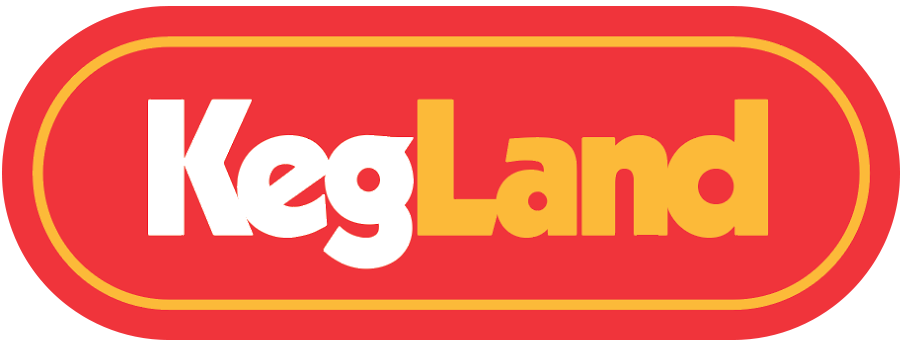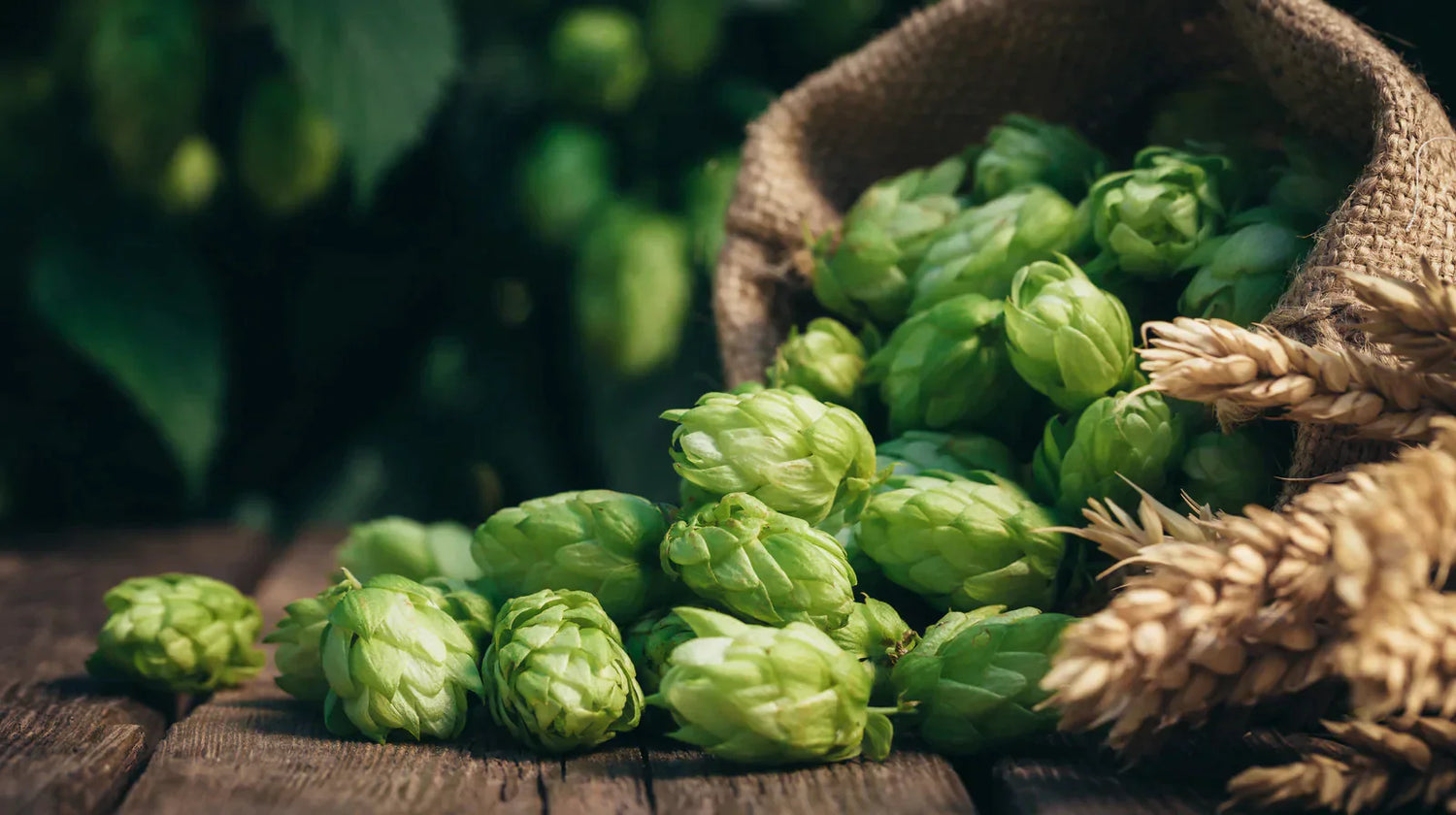*Updated as per advice from Lallemand for 2024*
Here at Kegland we are really big fans of dry yeasts.
We don’t use them exclusively, but there is no doubt that when it’s time to pitch, more often than not we reach for a packet of dry yeast rather than a liquid yeast. That’s partly because they are just so incredibly convenient - and at Kegland, we are all about convenience.
It’s also partly because we are spoiled for choice with dry yeasts now, with possibilities and strains that were just not available to us several years ago. And not only is the choice large, the quality is often simply outstanding.
But whether you are new to brewing, or an old hand, it’s quite possible that, for some reason, you think that liquid yeasts are... better.
Obviously, most people turn to the internet when trying to learn something new, and there is a decent homebrew community online, always happy to help, to offer advice, and to spread wisdom. Unfortunately, sometimes there can be wisdom that seems quite commonly held that is not really applicable in the modern age of homebrew.
One of those is that liquid yeasts are inherently better than dry yeasts.
And that just isn’t so.
Let’s try to dispel a few myths about the humble dry yeast, shall we?
The first thing is that liquid yeasts did used to be the better option. More variety, more reliable and generally purer strains. This is not the case now. Manufacturers such as Lallemand and Fermentis have rigorous processes and fantastic quality control.
Lallemand in particular are very exacting in the information provided to the consumer in terms of cell count, pitch rates, expected behaviour etc.
So, what are the advantages of dry yeasts?
There are several advantages that dry yeasts have over their liquid counterparts.
One of the most obvious is simple. Cost. Typically, dry yeasts cost half as much as liquid yeasts. They are a common choice amongst professional brewers for exactly this reason.
Another huge advantage is shelf life. Liquid yeasts start losing viability from the moment they are packaged. Dry yeasts, basically, don’t. I’m sure many of us have liquid yeasts that we didn’t get around to using, that lost so much viability it wasn’t worth trying to step them up through multiple starters to get a viable pitch.
Thirdly, most dry yeast sachets contain enough viable cells to just pitch straight from the packet. Debate will no doubt continue to rage as to whether you should re-hydrate dry yeasts first or not, but I can tell you that we very rarely do – open, pitch, done. So much easier than remembering two days in advance to put down a starter for brew day!
So, there must be disadvantages, right?
Well, yes. There are. I touched on this earlier, but it is a fact that there are a far greater variety of liquid yeast strains than dry strains. The process of drying is not as simple as just dehydrating the yeast. Each company has their own proprietary method, but the end result is a packaged dry yeast that contains everything it needs to inoculate beer. As an aside, yeast nutrient is not really needed when pitching dry yeasts for this reason.
But again, this is changing fast. No longer are we limited to basic yeast varieties as yeast companies have greatly expanded their ranges in the last few years.
NEIPA? Check.
Saison? Check.
Belgian? Check.
Conan? Check.
Kveik? Check.
I would go so far as to say that some of the more exciting yeast products coming out are dry yeasts. Lallemand’s Philly Sour is a fantastic example. I have to make a special mention of Lallemand's Verdant Yeast. We have used most every reputed NEIPA yeast on the market, and Verdant is hands down our favourite. Absolutely amazing flavours of apricot and vanilla. We are super excited to get our hands on the new Pomona Hybrid IPA yeast as well.
So, Liquid Yeasts – They Are Better, Right?
Well, as stated before, there is hands down a far greater variety of liquid yeasts available than dry.
Some yeasts are simply not available in dry form for brewers, and in those cases you will obviously need to pick up a liquid yeast. Often these have limited availability, however, and there are some disadvantages. As with dry yeasts, liquid yeast manuafacturers are always looking to bring new and exciting products to market. As traditionally liquid yeasts have been well regarded in the homebrew community, it is generally pretty easy to get a wealth of information about them (including, sometimes, provenance)., where some of the newer dry yeasts are less well known.
Wait – So Liquid Yeasts Have Disadvantages?
Well, yes. I’m afraid they do.
Price is a clear one – liquid yeasts are typically around twice the price of the dry counterparts.
Convenience is another. Dry yeasts last for a long time, and are shelf stable, with known cell counts.
Liquid yeasts lose viability from the moment they are packaged, which means they have quite a short shelf life and it is pretty much essential to make a yeast starter for every brew. Which means planning your brewday a couple of days in advance. For more information on yeast starters, look here.
For us at Kegland, this is the big factor, more often than not. We are all about convenience and ease of use. And in those terms, dry yeast is the clear winner.
Lastly, a note from Lallemand.
For some years, there has been some debate about whether high quality dry yeasts such as Lallemand and Fermentis yeasts need to be rehydrated in warm water before pitching.
We are here to say, unequivocally*, you do not need to hydrate dry yeast before pitching.
Just sprinkle the yeast directly on the wort in the fermenter. Rehydrating will make no difference whatsoever to the viability or healthiness of the yeast.
*The exception to this is if the wort is very high gravity – for example 1.075 or higher. In those instances. In these outlier cases rehydrating the yeast can help avoid osmotic shock when pitching into super high gravity solutions.



